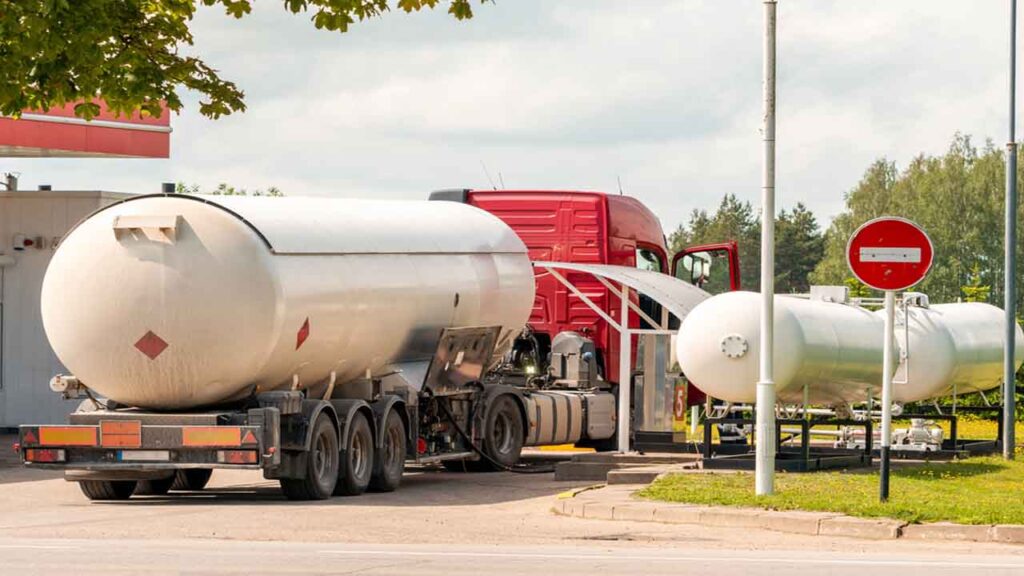
Dispatchers are the unsung heroes of the trucking industry, working tirelessly behind the scenes to coordinate deliveries and keep operations running smoothly. Yet, they are often the first to receive frustration from drivers and customers when shipments are delayed. While many factors, such as severe weather, road construction, or traffic congestion, are beyond their control, dispatchers are still responsible for ensuring that deliveries arrive on time, no matter the challenges.
This is where real-time technology transforms the role of dispatchers. By managing a trucking fleet with flexible, real-time dispatch technology, teams can optimize routes, adjust schedules on the fly, and respond proactively to disruptions, ultimately increasing on-time deliveries.
From day-to-day efficiency to long-term logistics improvements, real-time dispatch technology by Vertrax Energy provides dispatchers with the tools they need to enhance fleet performance, improve customer satisfaction, and streamline trucking operations like never before.
The Main Goals for Dispatchers

One of the key advantages of real-time, intelligent technology is the significant reduction in manual input required from dispatchers daily. By transitioning away from manual dispatching, teams can save time, minimize errors, and streamline the process of assigning freight loads to drivers.
With automated dispatching, dispatchers can efficiently plan multi-stop routes, identify the fastest and most efficient paths, and optimize deliveries in real time. This level of automation not only improves fleet efficiency but also enhances cost savings by maximizing truck backhauls, reducing detention time, and lowering operational expenses.
Trucking Office Organization
By streamlining logistics tasks, automated software enhances organization and efficiency for dispatch teams. With everyone working within the same system, dispatchers can seamlessly pick up where others have left off, ensuring smooth transitions and continuity in operations.
This technology also simplifies data collection and analysis, making it easier to optimize dispatching processes:
- Dispatchers can access spreadsheets and scheduling algorithms when inputting work orders, improving accuracy and efficiency.
- Formulas and algorithms eliminate the need for manual data entry, reducing errors and saving valuable time.
- All collected data is stored within the automated system as big data, providing insights into dispatching practices and helping trucking companies refine their operational strategies.
By leveraging automated software, companies can enhance decision-making, improve workflow efficiency, and drive long-term success in their dispatch operations.
Customer Service Perks

Since dispatchers serve as the primary point of contact between customers and the trucking fleet, it is essential to equip them with efficient tools for tracking loads and managing freight services. According to the Commercial Carrier Journal, automation ensures that dispatchers have immediate access to the information they need to assist customers and drivers effectively.
With automation, dispatchers can:
- Track trucks and loads in real-time, providing accurate updates to customers and drivers
- Access all order details in one centralized system, eliminating the need to search through multiple records
- Improve customer service by responding confidently and efficiently to inquiries
- Reduce errors when retrieving load information, minimizing miscommunication and delays
By integrating automation into dispatch operations, companies can enhance efficiency, improve service quality, and create a more organized and reliable workflow for their teams.
Dispatcher Job Satisfaction
A study conducted by Oregon State University found that automated dispatch systems improve transportation efficiency while reducing strain on drivers. According to the study, automated systems cut driver trip times by two-thirds, allowing drivers to complete their routes faster and return home sooner between loads.
When truck drivers can perform their jobs with fewer obstacles, they are less likely to call in with complaints or frustrations directed at the dispatch team. As a result, the working relationship between dispatchers and drivers improves, fostering better communication and collaboration.
This is also a key factor in addressing truck driver turnover and the ongoing driver shortage in the US. When both dispatchers and drivers can work more efficiently, reducing delays and improving workflow, there is less friction between the two groups. Since many driver complaints stem from route inefficiencies, delivery issues, and lack of communication, automation provides a practical solution to strengthening employee relations and improving overall job satisfaction.
